Thousands of Windows registered customers are worried about antimalware service executable service. The high CPU usage is a major problem in the Windows operating system as it consumes a lot of resources. The CPU, GPU, RAM, and HDD or SSD highly used by one application and it slows down the rest of the services. The high CPU usage by antimalware service executable is a common problem in Windows OS.
What is Antimalware Service Executable and why is running on Windows PC?
First, we have to understand it because millions of people consider it as malware. We have to pack up the rumors, so it doesn’t spread wrong information across the globe. The Windows consumers must understand the importance of it.
The antimalware service executable is MsMpEng (MsMpEng.exe), and it is part of the Windows Defender. Microsoft developed the service, so the computer constantly looks for Virus, Malware, and other harmful threats.
A computer normally has thousands of files and data in it, and antimalware service executable high CPU usage is a common factor. The Defender service might be running the service in the background to scan malware spreading inside the root files.
The Windows users have to remain patient because the service will end the hunt for threats in a few minutes. Of course, the computer CPU + disk usage will go down after a few minutes of running it in the background. Windows Defender sets it to run once in a day or once in an hour.
3 Ways to disable Antimalware Service Executable in Windows 10
All right, disabling the service might not solve the problem because you are allowing threats to enter the computer. We are going to show the readers to disable the service, but make sure to have an alternative security program running in the background.
There are several methods to disable the Windows Defender service. Ensure to opt-in a free solution online or a paid solution, and do not leave the computer unprotected. The service might frequently be running in the background for a reason.
Scan for Malware
Windows Defender is a penetrable program because it isn’t the best security solution in the market today. The basic security functions do not impact or detect harmful threats. Millions of virus, malware, and adware can affect the Defender functions.
- After installing the programs on the computer, launch them. In this demonstration, I am going to use Malwarebytes and conduct scanning separately.
- Click on the “Scan Now” button, and the free solution begins the journey of detection.
- Avoid using the computer in the background because Malwarebytes goes through core files.
- Do not panic, if the computer freezes or slows down.
- Remove newly infected files out of the system and run a scan every single day.
These free solutions can longer than five minutes to complete scanning as there are thousands of files. Kindly, do not lose patience during the scanning process.
Task Scheduler
Millions of Windows OS users are not aware of task scheduler. How about setting a schedule for every task? And, you can do it with Windows Task Scheduler, which will enable the consumers to set timers on services & functions.
Step 1) Windows key + S and then type “Administrative Tools” and run it as administrator.
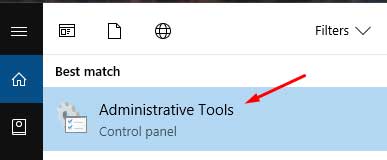
2) A regular window will show up on the screen and then click on “Task Scheduler” to proceed.

3) A window will open and then click on Task Scheduler Library > Microsoft > Windows.
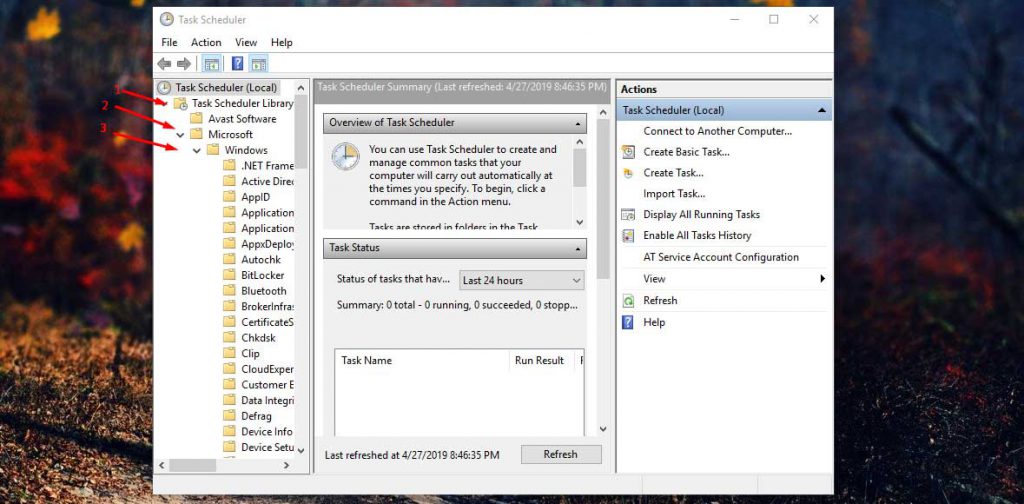
4) Scroll down in Windows until you find the option “Windows Defender” folder.
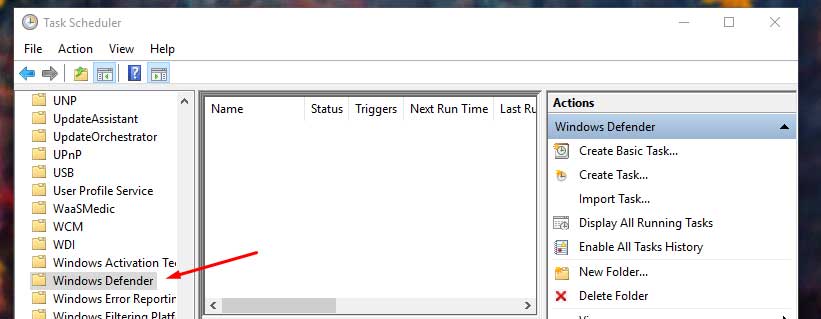
5) Locate “Windows Defender Schedule Scan” and then select it. Make sure to click on properties available at the left sidebar.
6) I have shared a snapshot below, and you can take a quick look at it. Select “conditions” and then tick everything that I marked in the snapshot.
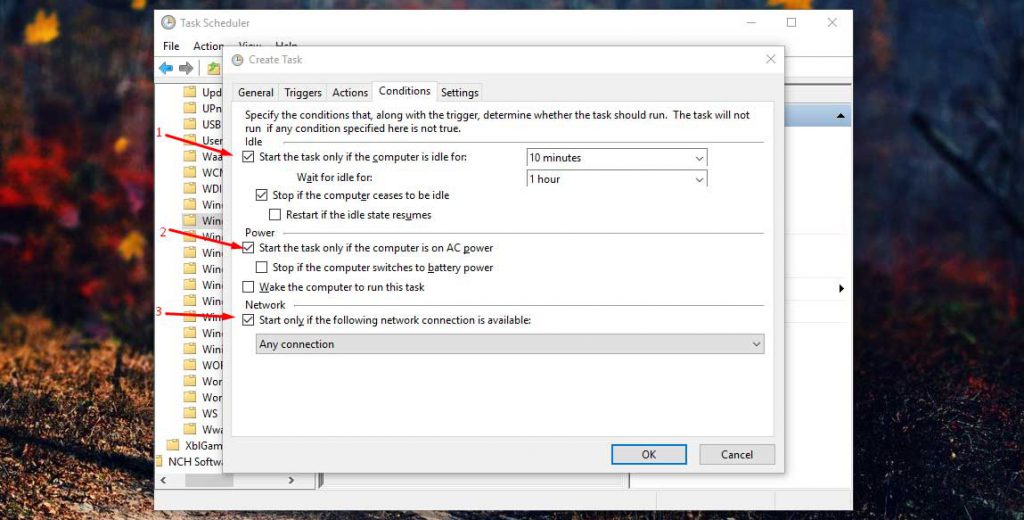
Make sure to select the timeline as well from minutes to hours.
Turn off Windows Defender
What if none of this works out for you?
I recommend the Windows users to disable Windows Defender to end the high CPU antimalware service executable usage. You can find a lot of third-party security programs such as Avast free antivirus, which performs a lot better than reputed paid programs.
I am using Avast Security & Free Antivirus edition almost seven years now. I couldn’t find a replaceable service for a very long time, and it is an excellent service for the masses.
- Windows Key + S and then type to select “Windows Defender”.
- The Windows 10 Settings will show up on the screen, and then click on “Open Windows Defender Security Center”.
- Click on “Virus & Threats protection” to view more options.
- I have installed Avast, which replaced the Defender service. However, you have to disable real-time protection.
Windows Defender is basic protection for free-users, so do not rely on it too much. I have witnessed that virus, malware, and other threats slipped through the WD’s real-time protection.
Conclusion
Fixing the antimalware service executable is not an easier task for a low-end computer, but disabling is a vital solution. Let us know what has worked for the readers in the comment section below.


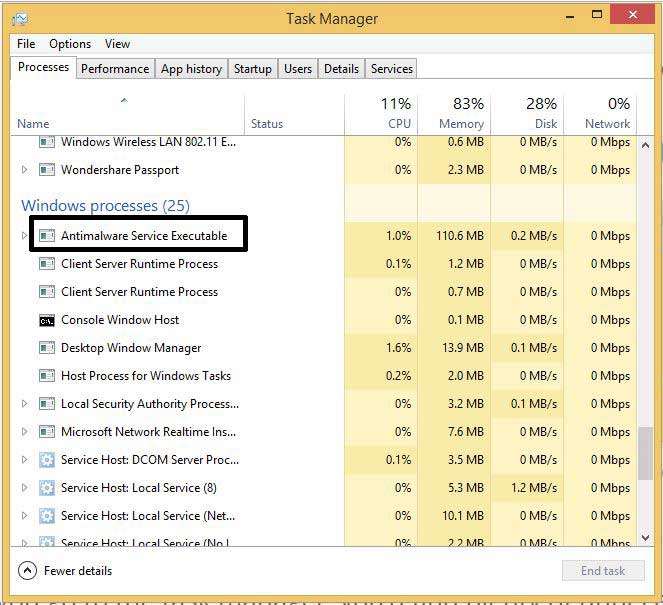
THANK YOU SO SO SO SO MUCH!!!!!!!
It is malware as far as I’m concerned. It destroys the usability of the computer, using far higher resources than any other application.
If I wanted high security I wouldn’t use windows, period.
Thanks dude, yes: Windows Security, then ‘manage settings’ and turn that naughty monkey off! Thanks a bunch 🙂